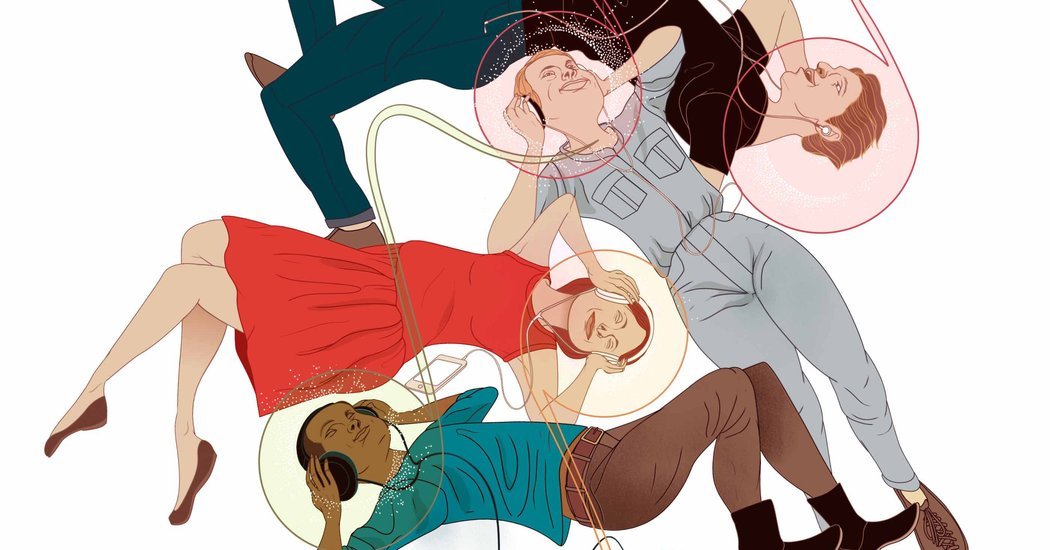An interesting article explaining why we have a seven day week, and how the days got their names.
WHY does The Economist appear every seventh day? The answer is because we, like you, still regulate our lives by a septimal law that Mesopotamian star-gazers framed, and local warlords imposed, more than 40 centuries ago. Our weekdays and weekends and weeks off, our dress-down Fridays, hectic Saturday nights, Sundays sacred or profane, and Monday-morning blues all have their origin in something that happened around 2350 BC. Sargon I, King of Akkad, having conquered Ur and the other cities of Sumeria, then instituted a seven-day week, the first to be recorded.
The year, the day and (not quite so obviously) the month are natural divisions of time. The week is an oddity. The moon’s four phases are a near miss, but still a misfit, for weeks. You will be in trouble (like H.G. Wells’s “The Man Who Could Work Miracles”) if you try to make the moon perform every 28 days, instead of its usual 29½ and a bit. The Sumerians had a better reason for their septimalism. They worshipped seven gods whom they could see in the sky. Reverently, they named the days of their week for these seven heavenly bodies.
By the time the Romans had adopted the system, the planet-gods wore names more familiar to us: (in the same order) Sol, Luna, Mars, Mercurius, Jupiter, Venus, Saturnus.
In English and the other Germanic languages, Mars, Mercurius, Jupiter and Venus were, in time, renamed in honour of Teutonic gods. From Tiw, Woden, Thor and Freya came the names of our weekdays from Tuesday to Friday. Even so, the chain remained unbroken. Although English Wednesday and Scandinavian Onsdag salute the god Woden or Odin, this came about only because he was identified with Mercurius. Similarly, the love-goddess Freya took the place of Venus—and her place in the weekly sequence.
Saturnus, alone among the planet-gods, resisted Germanisation. And Saturday was “different” from other weekdays long before the two-day weekend developed. In ancient Rome it became somewhat inauspicious. Then it was, for a time, the Sabbath, both for Jews and for many early Christians. It is still Sabato in Italian, Sabado in Spanish, Sobota or Subota in the Slav languages.
Over the naming of Sunday some confusion has crept in, for which Constantine the Great is much to blame. […] it was a shrewd move, at the time. But it left the naming of the day in schism. In its Germanic versions it is now strictly the Sun’s day (Sonntag, Zonday, etc). But it is given to the Lord (Latin dominus, Greek kyrios) in Romance languages (Domingo, Domenica, dimanche) and Greek (Kyriaki), and the Celts are split, Welsh Dydd Sul confronting Gaelic De Domhnaich.



